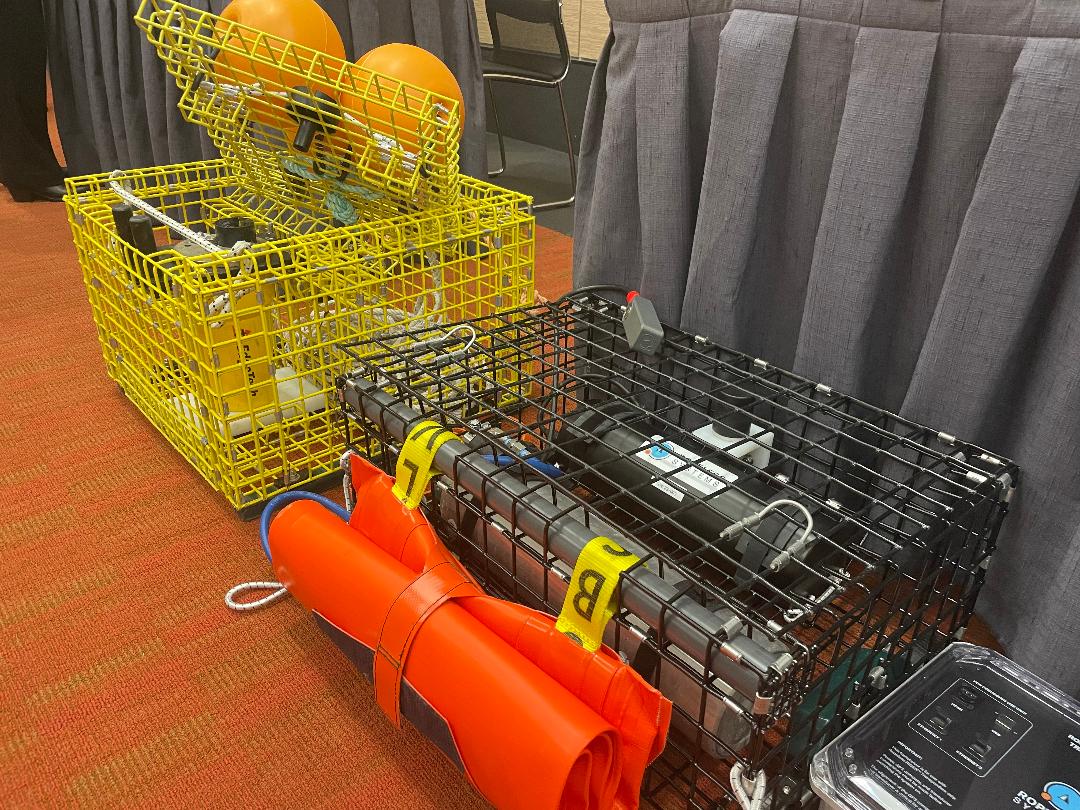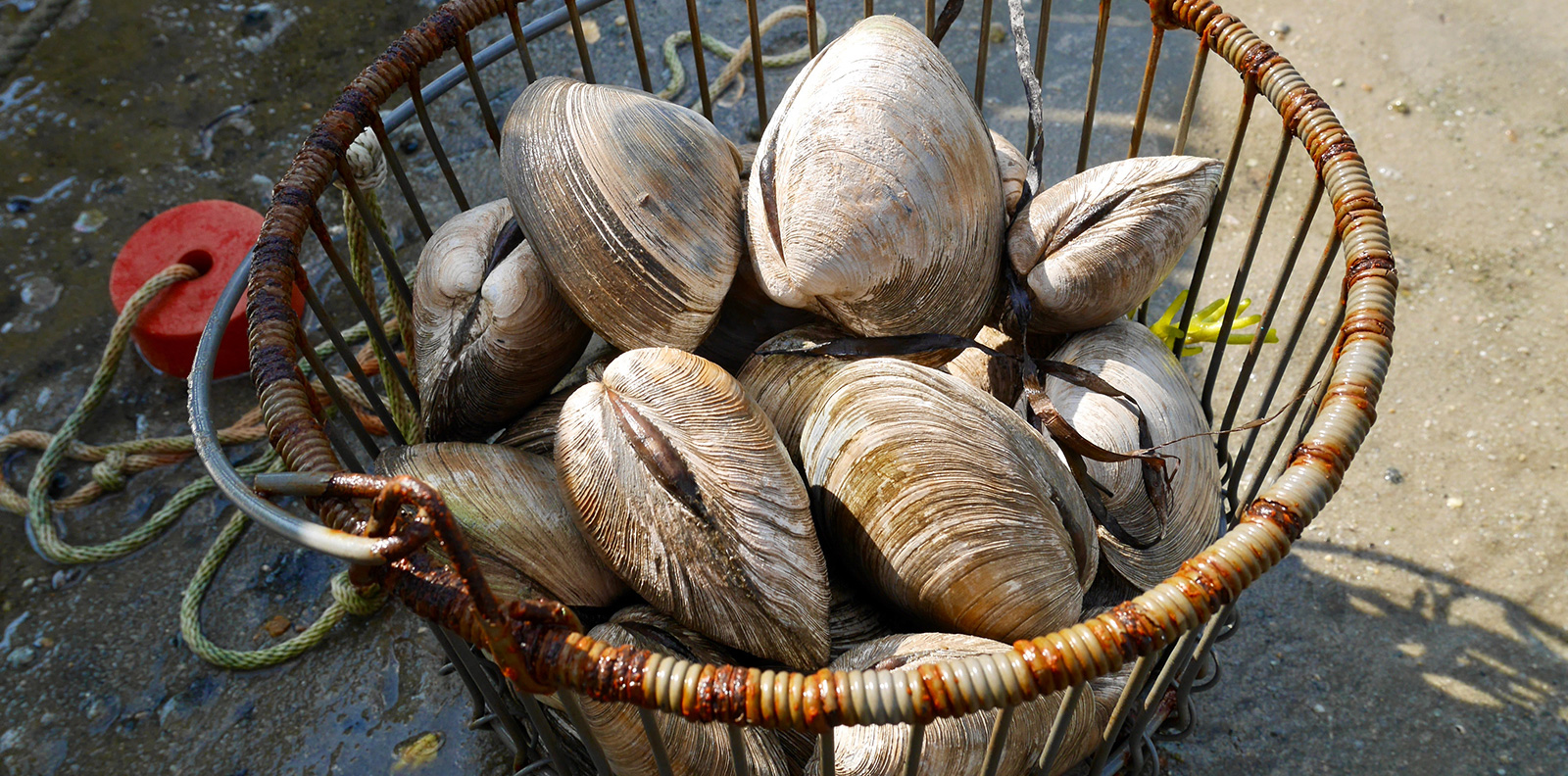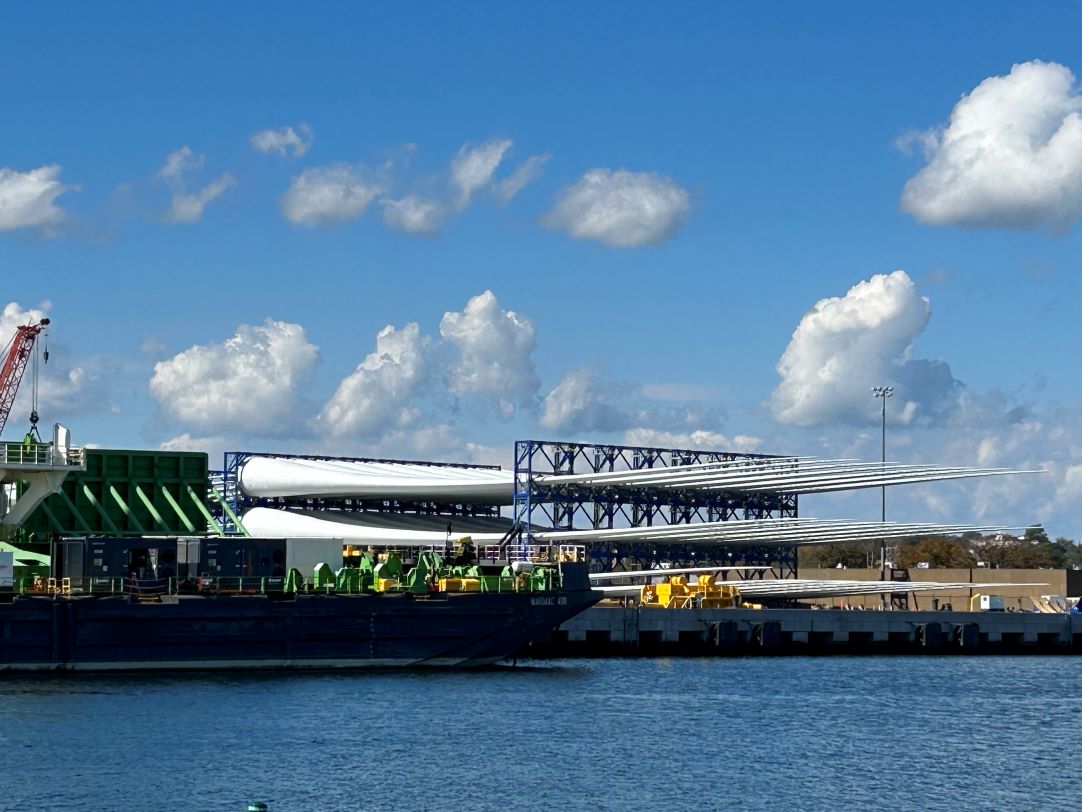Boosting Nitrogen Levels in Narragansett Bay Could Increase Quahog Populations
But it would be a short-term fix for a long-term problem
November 20, 2023
PROVIDENCE — It was a good-news bad-news week for quahoggers on Smith Hill last week.
First, the good news. It may be possible to bump up the population of good-quality quahogs in the northern half of Narragansett Bay by releasing more nitrogen and other nutrients into the waters during the winter.
Nutrients such as nitrogen, which were abundant throughout Narragansett Bay thanks to near-centuries of human dumping and waste, are a key food source for phytoplankton, the microscopic organisms that are also the chief food source for quahogs.
Rhode Island’s commercial shellfishermen have alleged the state’s 20-year campaign to reduce nitrogen in the bay — primarily by enforcing strict limits at the 11 wastewater treatment plants that pipe effluent into state waters — has led to a direct reduction in the amount of wild quahogs caught every year.
It is a problem that the joint study commission, chaired by Rep. Joseph Solomon, D-Warwick, and Sen. Alana DiMario, D-North Kingstown, was created to investigate at the end of the General Assembly’s last legislative session.
Candace Oviatt, a professor from the University of Rhode Island’s Graduate School of Oceanography, told the legislature’s study commission that adding more nitrogen in Narragansett Bay during the winter would have no negative impacts on aquatic plants or wildlife later in the year.
“Our data suggests, based on two storms, the 2010 flood and the 2017 winter storms, the nitrogen that comes in the winter and causes big blooms does not cause summer hypoxia,” she said.
And hypoxia is something environmental officials are keen to avoid. Hypoxic events, such as the 2003 Greenwich Bay fish kill, in which more than a million menhaden died, are times when there just isn’t enough oxygen in the water to sustain life, whether fish, shellfish, or plant. Aquatic wildlife that is able to flee will flee, and anything that doesn’t, dies.
The Rhode Island Department of Environmental Management has been working for nearly three decades to reduce the number of hypoxic events occurring in Narragansett Bay, and the nitrogen reductions mandated by the state are hinged around that policy, as well as the requirements of the federal Clean Water Act.
But Oviatt cautioned the commission against introducing more nitrogen as a universal fix.
“It’s not a long-term possibility,” she said. “As the waters [of the bay] get warmer and we experience more global climate change, there may be no more winter-spring [plankton] bloom.”
Now the bad news. While adding nitrogen to increase phytoplankton might give a bump to shellfish in the short-term, quahog landings have been declining for more than five decades, well before state environmental officials embarked on a campaign to reduce nitrogen in the bay.
The short answer for a decline in quahog landings? There probably isn’t one, at least according to Robinson Fulweiler, a professor and researcher at Boston University, who outlined for the study commission just how much has changed over the years in Narragansett Bay.
“I cannot in good science say that the decrease in productivity in Narragansett Bay is being driven solely by nitrogen,” Fulweiler told the commission. “The decrease happened before that.”
According to Fulweiler, Rhode Island has been dumping human waste into the bay since before the turn of the 20th century, and earlier Colonial accounts dating from the time of the founding of Rhode Island as an English colony describe a bountiful population of muscles, lobsters, and other shellfish.
Global climate change is significantly altering Narragansett Bay, Fulweiler said. The average annual rainfall in the bay has increased around half an inch every decade since 1895. Both air temperature around the watershed and surface water temperature have increased since 1960.
The summers are hotter, and so are the winters. Wind speed is on the decline, and cloudy days are on the rise, all factors that can play into how much phytoplankton — measured by proxy using chlorophyll in scientific studies — is produced in Narragansett Bay.
Data from URI’s long-term plankton study of Narragansett Bay shows the total amount of chlorophyll, and by proxy, phytoplankton, found in the water column has been on a steady decline since 1970.
“It’s not just the nitrogen because there’s been a lot of other changes in the bay, and the big changes we consistently see have been happening from the mid-1970s on,” Fulweiler said. “I think that’s pointing toward some larger, regional, global changes that are in large part driving what we’re seeing.”
The study commission’s next meeting is expected sometime in December.




The dead zones in the Chesapeake are caused by algae blooms and oxygen depletion.
Cherry picking data to support an agenda seems to be alive and well in RI. The error of the Great Heat starting around 1895 had Tarpon in Narragansett Bay and many other other warm climate species. The lobster resource, scallops, and many other traditional fishes were all but gone. The first lobster hatchery in the Nation was established in our very own Wickford RI, in order to try and restore that population. This error lasted for several decades, yet no mention? Quahogs do just fine even down in FL.